The Harts of Tara, Ireland
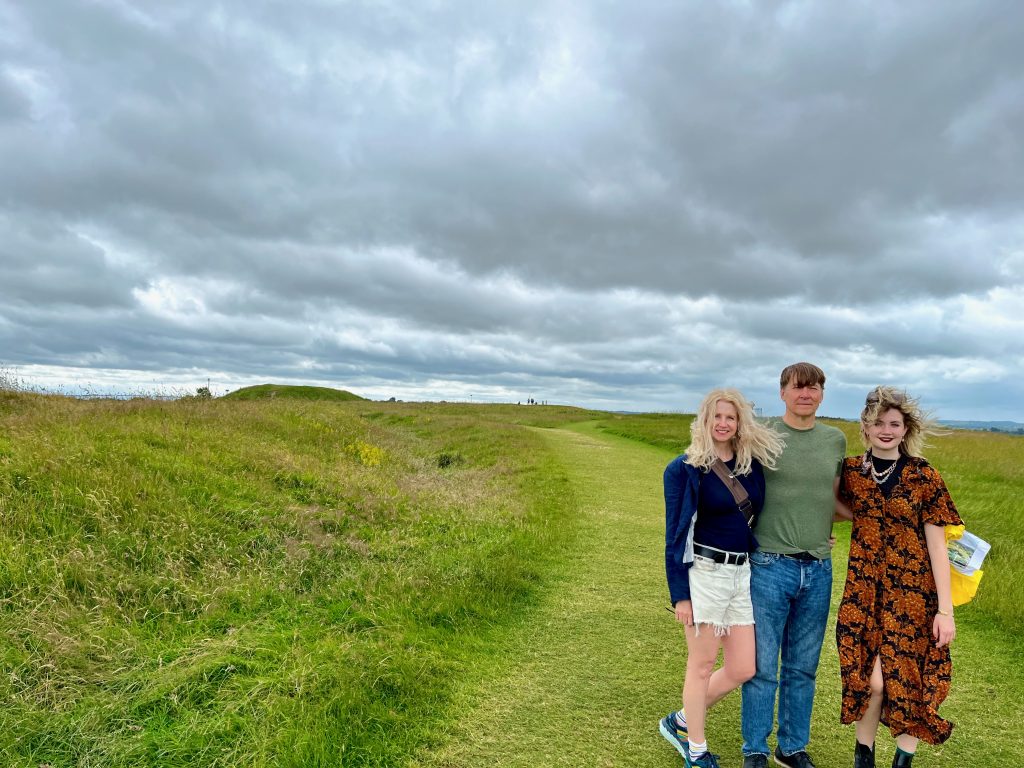
Rematriate: to restore a people to their rightful place in sacred relationship with their ancestral land and life ways.
Tara, where it all started…
I am an Irish Canadian. My ancestry is half Irish. My Irish forebears sought refuge in Canada, compelled to flee their homeland during the brutal period of Irish colonization by England in the 19th century. I arrived in Ireland on a personal quest to uncover the true nature of my rightful connection and sacred bond with the land that once belonged to my ancestors.
My ancestors lived in the ancient Irish and Norse Northern Temperate Rainforests for millennia. However, the term “Irish” is modern and English. The “Irish” are Gaels. Gaeilge, is the language of the Gaels. Gael means “forest people.” 80% of Ireland was covered in ancient oak and yew rainforests prior to deforestation. I want to know what it means to be a person of the Northern Rainforests: from the rainforests of my British Columbia, Canadian home, to the rainforests of my European ancestors.
Tara is the birthplace of the Hart Clan—my ancient ancestors. I find myself at the home of the first recorded Hart ancestor, from whom the Hart Clan are said to descend: the legendary High King Corman Mac Airt of Tara, the Wolf King of Ireland.
My DNA composition reflects 51% Irish heritage, which can be traced back through three out of my four grandparents. Specifically, both my maternal grandparents boasted partial Irish lineage, while my paternal grandfather boasted a complete 100% Irish ancestry. The moment I set foot in Ireland, it was as if I was stepping back into a familiar realm. Strangely, the sensation of returning to a previous home was undeniable, despite never having visited the country before. This inexplicable sentiment led me to believe that my ancestors were looking upon my return with immense approval. While exploring the captivating landscapes of the Isle of Éire, I couldn’t help but sense their benevolent presence accompanying me on my journey.
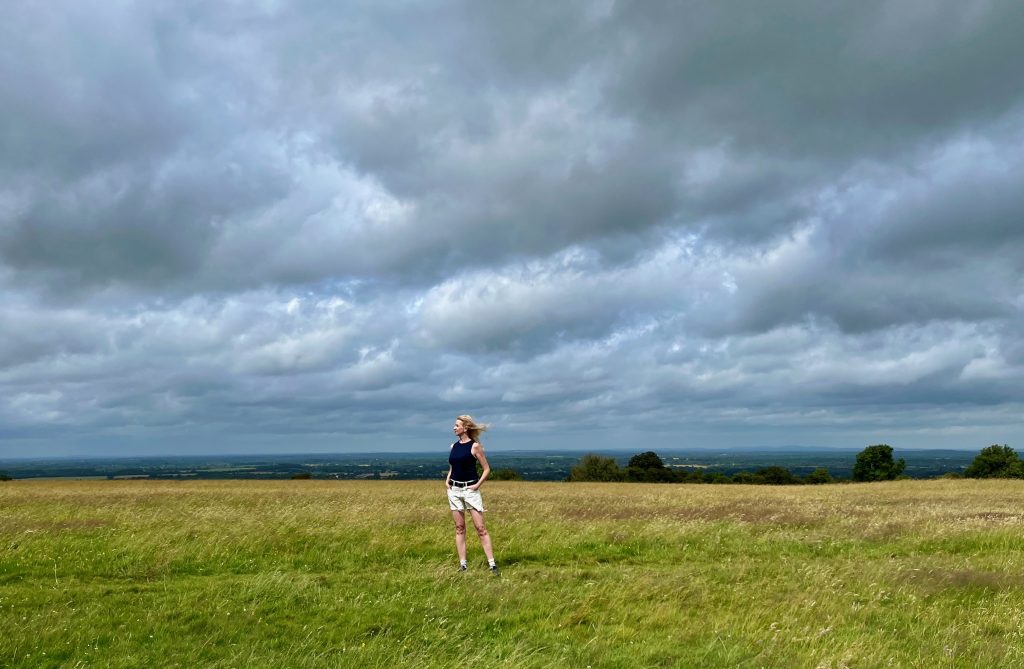
The name “Hart” is anglicized; it was originally: “O’hAirt” in ancient Ireland.
King Cormac Mac Airt’s reign was recorded as being sometime in the third century and that he built his primary residence in Tara and ruled there for forty years. Tara is the sacred site of the ancient High Kings of Ireland. It is where they lived, worked, and were buried. It holds sacred powers of the Tuatha Dé Dannon, the spiritual peoples that were revered by the Ancient Irish Celts. The Celts believed that the Tuatha Dé Dannon were the original peoples to inhabit Ireland. They were said to be tall, blonde haired peoples with spiritual powers.
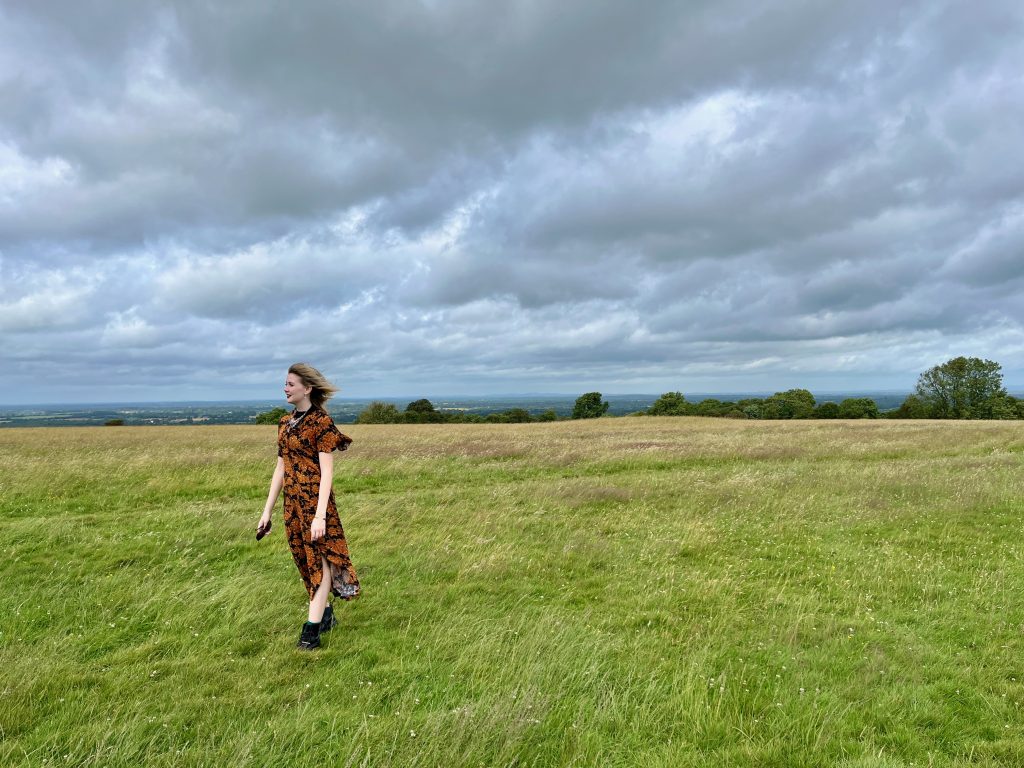
Cormac Mac Airt (aka Wolf King) has been celebrated in story for millennium. Like many ancient legendary people, High King Cormac Mac Airt is a bigger-than-life character, at times the Celtic myth of Cormac intermingles with the human. Cormac Mac Airt is known as the Wolf King of Ireland. It is said that in his early childhood, he wandered from his parents and became lost in the forest. During his forest wanderings, he was adopted by a wolf pack. He was eventually found and reunited with his parents and from that time forward, he was said to be able to ‘speak’ wolf.
What we know from Irish genealogy records is that Cormac Mac Airt is credited as being the ancestor of the Royal Hart Clan of Tara, County Meath; specifically, the Harts are of the Bear Clan, members of the Southern Ui Neil Dynasty.
Interestingly, scientific evidence seems to support this connection. My father’s paternal DNA provides compelling indications of its plausibility. My father belongs to the Y haplogroup that traces back to ancient Ireland, sharing a direct paternal lineage with Irish High King Niall of the Nine Hostages, who ruled during the 6th century. Notably, Niall of the Nine Hostages is the great-great-great-great-grandson of Cormac Mac Airt.
The Royal Harts faced displacement from Tara due to the Anglo-Norman invasion of Ireland by King Henry of England in the 12th century. As a result, they were forced to leave Meath and seek refuge in Sligo, along with the ancient O’Connor clan. This historical relocation marked a significant chapter in the history of the Hart Clan.
The Stone of Destiny belongs to the ancient Irish High Kings and Queens. It is said to have been placed in Tara by the sacred Tuatha Dé Dannon and ancient Irish royalty used it in coronation ceremonies.
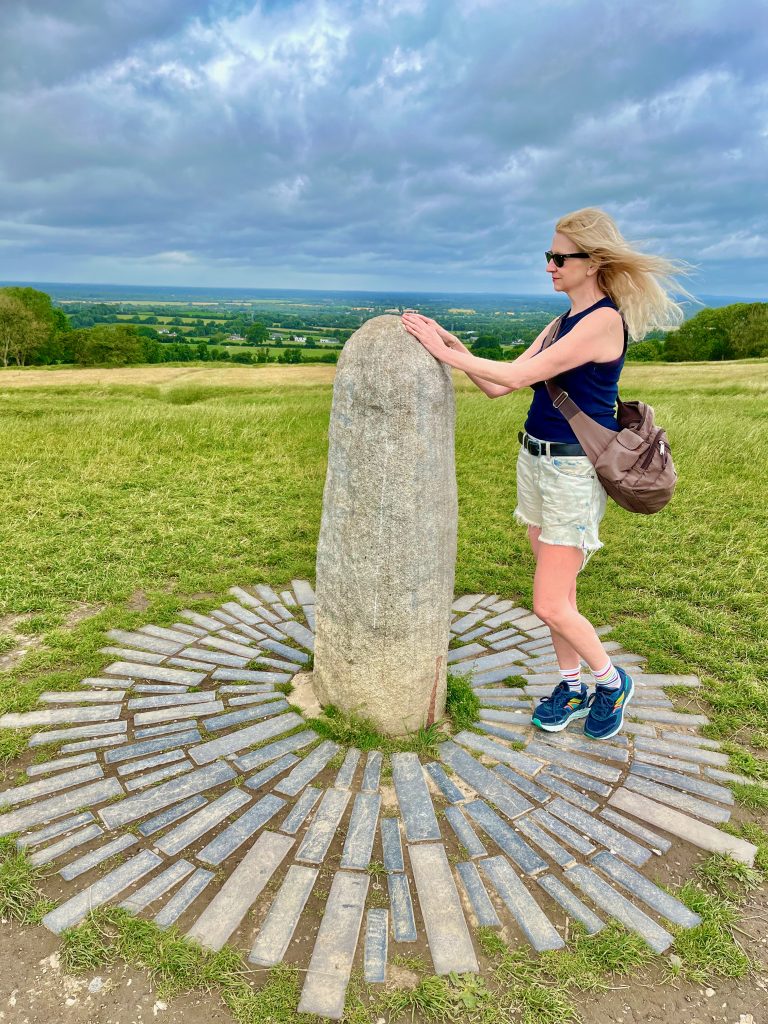
*I’m not sure what the symbolism means, but in the short video below, as I placed my hands on the Stone of Destiny, a crow/raven flew past from behind me ♥ I di a little research to discover that Ancient Celtic Goddess Morrigan, (goddess of battle and war) of the Tuatha Dé Danann, is a shapeshifter who transforms into a crow or ravens. Perhaps, Morrigan watches over Tara and had a message for me…
I sat in the wind for a short meditation inside Cormac’s royal residence and its now invisible walls. I like to meditate at ancient sites to clear my mind so that I might get a sense of the history of the land and those who once called Tara home.
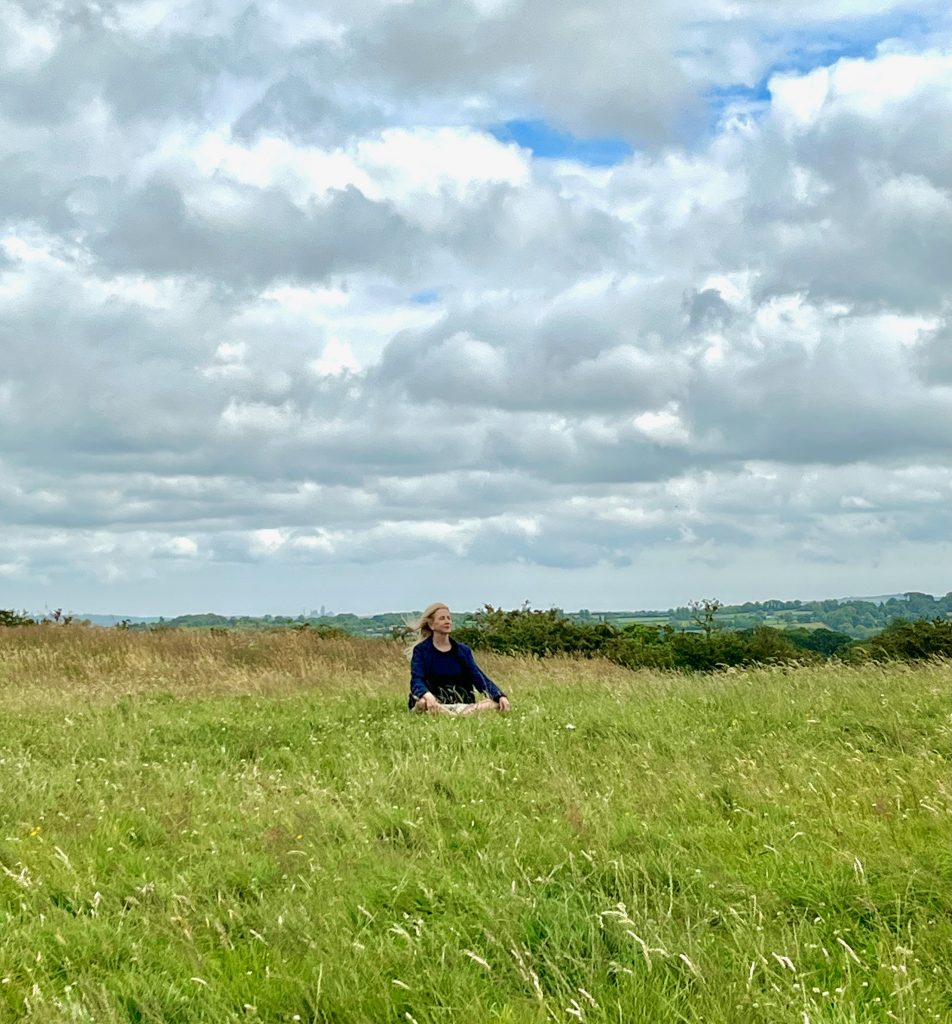
For High Kings and Queens, maintaining an “unblemished” record is imperative for their reign. This principle becomes evident through the story of Cormac, who, upon losing vision in one of his eyes, found himself compelled to abdicate the throne of the High King. Subsequently, he entered a phase of retirement, taking up residence in a tower situated at Sletty on the Boyne River, strategically positioned within sight of Tara. If you closely observe the horizon on the left side of the image above, you’ll be able to discern the tower that became Cormac’s abode during his post-reign years.
It is at this tower location where he died, apparently from choking on a salmon bone. *I am pointing to the tower in the pic below.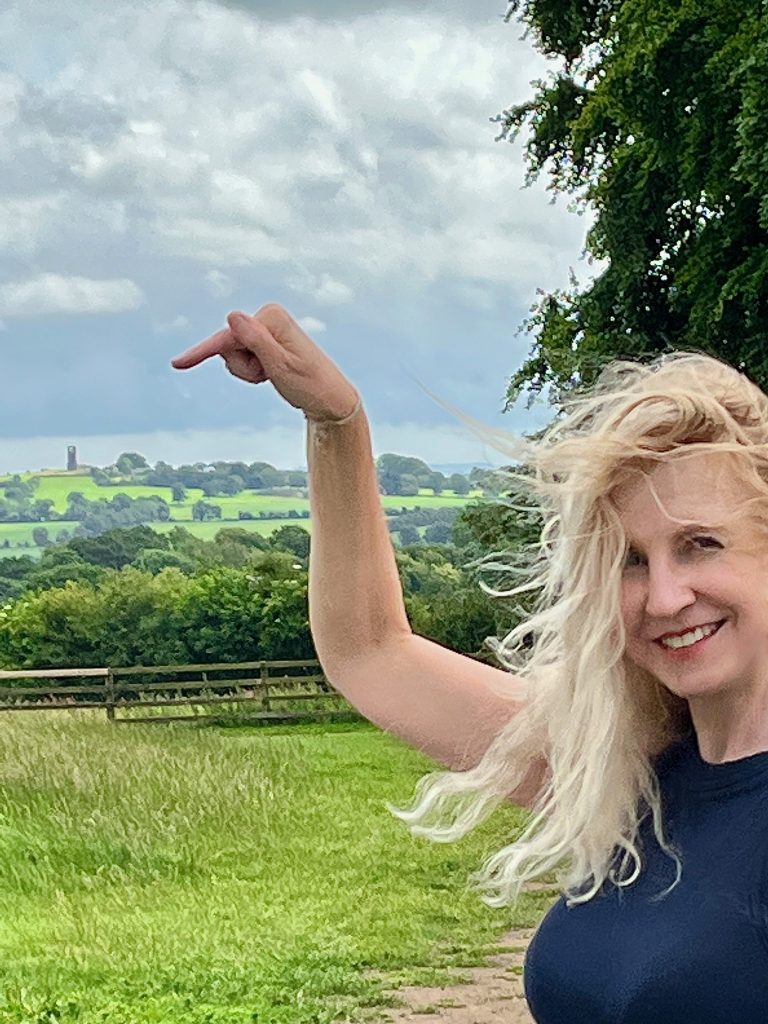 There is so much more I want to learn about Cormac Mac Airt and my ancient Irish ancestors. My journey has only just begun…
There is so much more I want to learn about Cormac Mac Airt and my ancient Irish ancestors. My journey has only just begun…
Sources
Four Masters, Annals of Ireland. Translated and Edited by John O’DOnovan, 1856, Dublin.
https://heritageireland.ie/visit/places-to-visit/hill-of-tara//highlights/
Keating, Geoffrey, The History of Ireland From the Earlier Period to the English Invasion. Translated from Irish and noted by John O’Mahony, NY, 1857.
O’Hart, John, Irish Pedigrees. Volume 2, Chapter IV, 1892, pp 351- 709.

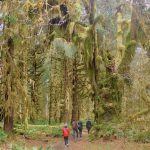
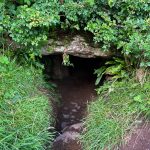



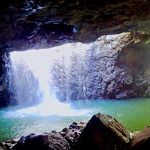
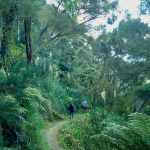
Maureen
i am also irish Canadian living in BC; I visited my homeland County Fermanagh this recent October 2023..wonderful times.